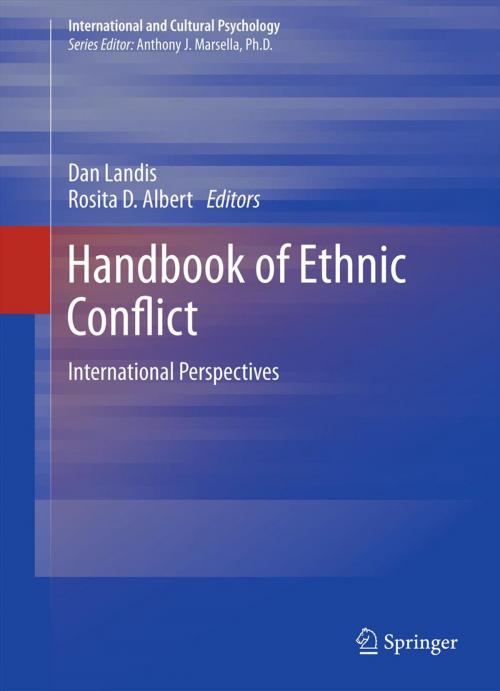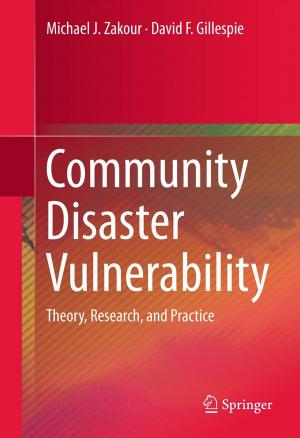Handbook of Ethnic Conflict
International Perspectives
Nonfiction, Health & Well Being, Psychology, Personality, Social Psychology| Author: | ISBN: | 9781461404484 | |
| Publisher: | Springer New York | Publication: | February 14, 2012 |
| Imprint: | Springer | Language: | English |
| Author: | |
| ISBN: | 9781461404484 |
| Publisher: | Springer New York |
| Publication: | February 14, 2012 |
| Imprint: | Springer |
| Language: | English |
Although group conflict is hardly new, the last decade has seen a proliferation of conflicts engaging intrastate ethnic groups. It is estimated that two-thirds of violent conflicts being fought each year in every part of the globe including North America are ethnic conflicts. Unlike traditional warfare, civilians comprise more than 80 percent of the casualties, and the economic and psychological impact on survivors is often so devastating that some experts believe that ethnic conflict is the most destabilizing force in the post-Cold War world. Although these conflicts also have political, economic, and other causes, the purpose of this volume is to develop a psychological understanding of ethnic warfare. More specifically, Handbook of Ethnopolitical Conflict explores the function of ethnic, religious, and national identities in intergroup conflict. In addition, it features recommendations for policy makers with the intention to reduce or ameliorate the occurrences and consequences of these conflicts worldwide.
Although group conflict is hardly new, the last decade has seen a proliferation of conflicts engaging intrastate ethnic groups. It is estimated that two-thirds of violent conflicts being fought each year in every part of the globe including North America are ethnic conflicts. Unlike traditional warfare, civilians comprise more than 80 percent of the casualties, and the economic and psychological impact on survivors is often so devastating that some experts believe that ethnic conflict is the most destabilizing force in the post-Cold War world. Although these conflicts also have political, economic, and other causes, the purpose of this volume is to develop a psychological understanding of ethnic warfare. More specifically, Handbook of Ethnopolitical Conflict explores the function of ethnic, religious, and national identities in intergroup conflict. In addition, it features recommendations for policy makers with the intention to reduce or ameliorate the occurrences and consequences of these conflicts worldwide.















